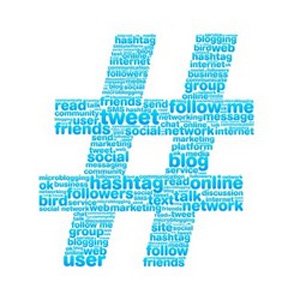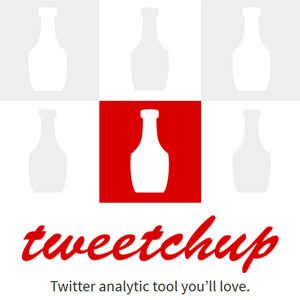Twitter 101: #Hashtag to Market Your Business

Everybody knows that in order to increase traffic to your online business, you have to use social media networking sites like Facebook and Twitter. While Facebook is pretty straightforward to use, it can be a bit limiting. Twitter, on the other hand, is the perfect marketing platform when used correctly and can ensure that knowledge of your product and services can get spread to vast numbers of people.
According to Stephanie Lichtenstein, president of Micro Media Marketing and social media expert, the easiest way to reach and engage a large audience on Twitter is by using what is known as the hashtag.
In an interview on Coffee Talk, an audio chat show, Lichtenstein stressed how hashtags in tweets effectively get you involved in real-time conversations with huge groups of people that may be interested in what you’re offering. But first, let’s have a look at what hashtags are and what they do.
Hashtag Basics
A hashtag on twitter is basically a keyword or a keyword phrase that is written with no spaces and has a “#” sign in front of it, again with no spaces. Some examples of hashtags are #cricketlovers, #mumsrecipes, and #sportsnut.
The hashtag will then connect conversations or tweets of different users into one area or stream, which is then searchable in the site’s search engine or you can search the hashtag on Hootsuite, which is a third-party social media monitoring device.
The hashtags will bring together otherwise unconnected twitter users in one place and facilitate conversations. When certain hashtagged keywords get used and repeated often enough, they become trending topics where thousands of people are discussing them. Hashtags are great for marketing campaigns because they centralize conversations.
Hashtags are easy to make, you simply place the “#” sign in front of your keywords, and can be placed anywhere in your tweet.
Hashtag Use
So now that we know how to use the hashtag and what it’s used for, let’s look at some of the common mistakes people make when attempting to use the hashtag for marketing their business.

Mistake 1: Use a hashtag that’s old or already in use for some other event. Check to see if your choice of hashtag has been used by someone else by searching for it on Twitter’s search engine. If you use a hashtag that’s old, you’ll just spread your message to people who aren’t in your intended target group, and your intended “conversation” probably won’t take place due to dilution.
Mistake 2: Not using an industry or brand keyword. Remember, your tweets will show up in newsfeeds, not only in the hashtag conversation stream. Use a word that is recognizable in your hashtag so that people will be interested.
Mistake 3: Using a hashtag that can open you up to abuse. Remember to use neutral yet upbeat sounding keywords. Don’t use words like “love” or “hate”. Along with words connected to strong emotions, be aware of some hashtag campaigns that have backfired, such as McDonald’s #McDStories where users wrote about their negative experiences at the fast-food chain.
Mistake 4: Hashtag in bad taste. Some hashtags were originally meant for serious and sensitive issues, and trying to insert your product, brand or website into the conversation is known in the industry as hashtag hijacking. For example, Kenneth Cole, the designer, took a lot of flak for trying to insert his brand in conversations about the Arab Spring when he tweeted:
“Millions are in uproar in #Cairo.Rumour is they heard our new spring collection is now available online at http://bit.ly/KCairo-KC”
Before Hashtagging, Prepare Your Website for Increased Traffic
By following the above advice you can expect your online business to grow, so don’t forget the good business practice of having a payment processing method that will be able to handle the increase in sales. PayPal, merchant accounts, bank transfers are all great methods and don’t forget to recommend to those who prefer non-electronic methods of payment to order personal checks.
So, before sending out your first few hashtagged tweets, do a little bit of research; make sure the hashtag isn’t offensive or hijacking a sensitive situation. You’ll soon get the hang of it and you’ll find the real-time interaction with customers to be fun and also financially rewarding.
 To Tweet or Not To Tweet!
To Tweet or Not To Tweet! 10 Things You Need to Cease Doing on Social Media
10 Things You Need to Cease Doing on Social Media Discover How Often People Mention You and Retweet Your Tweets
Discover How Often People Mention You and Retweet Your Tweets 5 Simple Steps To Increase Your Twitter Engagement
5 Simple Steps To Increase Your Twitter Engagement
{ 15 Responses }